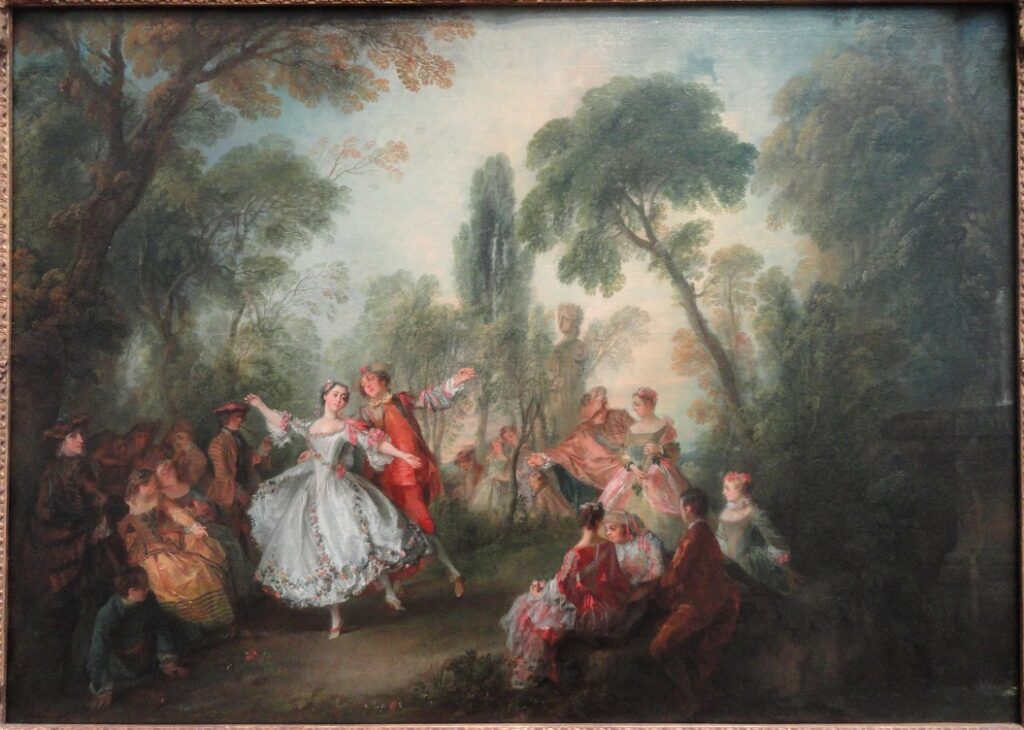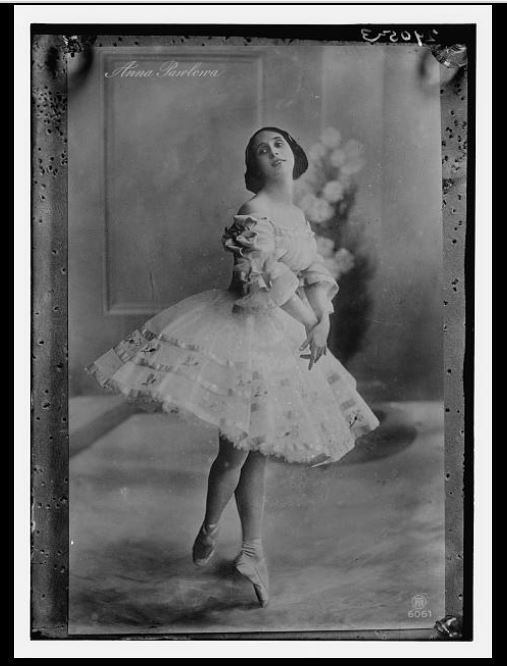Ballet was both a passion and an inspiration for Van Cleef & Arpels and the Maison created a collection of Ballerina brooches that celebrate both dance and jewels. The Maison’s connection to dance goes back to the 1920s. Louis Arpels loved ballet and he and his nephew Claude often attended the opera together. It was this shared love of dance that brought the ballerinas to life.
Setting Up Shop in New York
Van Cleef & Arpels (VCA) opened a store in New York City in 1939. In Paris, VCA worked with the workshop, Rubel Freres, which was opened and run by the Rubel brothers John and Robert in 1915. Their workshop was located close to the VCA store. In 1939 John and Robert moved to New York to support the new location, opening shop under the name John Rubel Co. With World War II wreaking havoc in Europe it seemed safer to be in the U.S. They manufactured for VCA in New York until 1943 when the two firms parted ways.
The First VCA Ballerina Brooch
John Rubel worked very closely with VCA designer Maurice Duvalet, who reputedly had the “chic touch”, anything he touched became chic. The VCA Ballerina brooches were the brainchild of these two jewelers. The inspiration for the ballerinas came when John Rubel was visiting a nightclub on the Lower Eastside of Manhattan. A flamenco dancer caught Rubel’s fancy, he sketched her and she was the first of the ballerinas, introduced in 1941. Making their debut during the height of World War II, the VCA ballerinas were messengers of hope and joy. Other ballerinas followed quickly.

Meanwhile Duvalet explored the world of dance and drew inspiration from famous dancers including Anna Pavlova, Marie Anne de Cupis de Camargo and the Russian Ballet. The brooches were fabricated in Paris and New York during the 1940s and 1950s. Each ballerina is a one-of-a-kind piece, with one commonality: The dancers all have a rose cut diamond face. The ballerinas made in Paris were considered to be less formal daytime wear brooches, with tutus embellished with turquoise and rubies, while the ballerinas that were fabricated in New York were more formal and meant for evening wear with tutus adorned with diamonds, sapphires, rubies and emeralds. The tutu’s were made to drape like fabric and the jewels added texture while creating the shape of the costume.
In addition to wearing different costumes (although they all wear point shoes), the ballerinas also capture the movement of various dance poses from pirouettes to aerial jetés these precious dancers replicate the movements of human ballerinas. The beautiful ballerinas were a huge hit with fashionistas of the time who were snapping up these brooches — including Marjorie Merriweather Post and Barbara Hutton. The brooches moved beyond ballet to showcase other styles of dance from around the world that reflect the Maison’s fascination with other cultures.
Ballerina Brooches and Balanchine

The Ballerina brooches also just happened to catch the eye of none other than the famed choreographer George Balanchine, who along with Lincoln Kirstein founded the New York City Ballet. Balanchine saw the ballerinas in the VCA windows and was completely enchanted. Claude Arpels and George Balanchine met in 1961 and Arpels encouraged Balanchine to create a ballet based on the jewels with which he was so enamored. In 1967 Balanchine debuted “Jewels” a non-narrative dance with three acts set to music by three musical greats — Emeralds with music by Gabriel Faure, Rubies with music by Igor Stravinsky and Diamonds with music by Pyotr Ilyich Tchaikovsky. Jewels continues to be performed today and VCA continues to support the NYC Ballet’s production of this magnificent ballet. In addition, since 2012 VCA has lent its support to the L.A. Dance Project founded by French choreographer Benjamin Millepied. And Dance Reflections by Van Cleef & Arpels is an initiative to support dance around the world.
Van Cleef & Arpels stopped production of the Ballerina Brooches in the 1960s. Then in 2018, VCA created a series of 12 Ballerina brooches inspired by the Grimm Brothers fairy tale, “Twelve Dancing Princesses” for haute couture week. Today, these vintage jeweled ballerinas are highly collectible, if you are lucky enough find one.
Featured image (top of page): Ruby, sapphire, diamond and gold Ballerina brooch by John Rubel for Van Cleef & Arpels, courtesy private collection.
Authored by Amber Michelle
